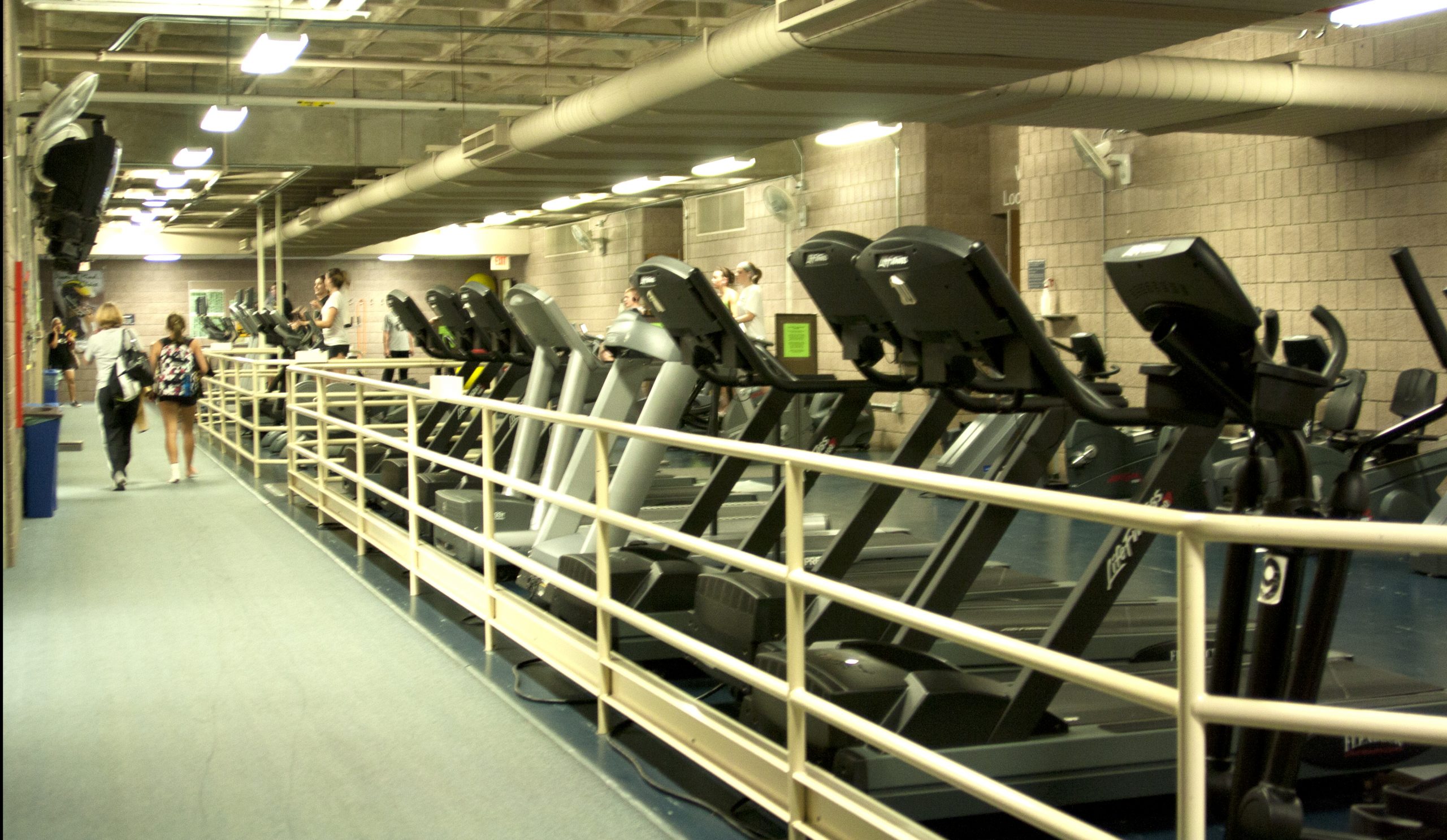The construction of the new academic building on campus may prompt curiosity within the student body and questions regarding Gustavus’s next course of action. One subject that has yielded much deliberation is the rumor of a Lund Center renovation and expansion.
Following the arrival of President Jack Ohle in 2008 was the institution of a new strategic plan of action that discussed improvement of campus organizations, departments, faculty, class organization, facilities and more. Commission Gustavus 150 was established by the Board of Trustees intended to identify modes of improvement and delegate a timetable for the accomplishment of goals intended to facilitate the college’s future advancement.
Within the pages of this extensive strategic plan is an expansion idea for Lund Center, calling for “increased classroom space, performance labs, expanded fitness equipment, expanded athletic training facilities, an expanded weight room and expanded gym space to accommodate the demands for open gym time, club sport practices and recreational use.”
There is a need for a new fitness center that would accommodate these expansions, but unfortunately this resolution will not be witnessed in the careers of current Gustavus students. The Board of Trustees is in charge of prioritizing the proposals within the literature of Commission 150, and it is a constant struggle deciding where to apply limited funds. “The expansion of Lund was in the second tier of recommendations [in Commission Gustavus 150],” Athletic Director Al Molde said. “It would be within six to ten years where they were looking to do something with Lund Center.”
Lund was built in 1984 and has begun to show its age, becoming less accommodating for an expanding athletic department and the rising need for student workout facilities. “This building was put together, and frankly, a free weights area could not have been a very high priority,” Molde said. “The free weights area is vastly overcrowded and way too small, so we certainly need to change that.”
The weight room isn’t the only problem with the Lund Center facilities, but it would be among many of the issues resolved with the construction of a new fitness center.
“In the future, one of the big needs that we do have is the addition of a huge fitness area that is modern, would have all different kinds of fitness equipment [and] would have the air space that you would need,” Molde said. “We also need a fitness professional to train people on how to stay fit. It’s such a huge thing not only with our athletes, but also the student body, faculty [and] staff.”
Every department has needs, but a renovation of Lund Center would consolidate the needs of several areas of the Gustavus community. A new fitness center would synthesize the needs of academics and athletics into one solution, incorporating the athletic department, the student body and the health and exercise science department.
From an athletic standpoint, a new facility would attract recruits in a similar way that the new football stadium has done in the last few years. “We had a large group of incoming [first-year] football players this year, 50 of them,” Molde said. The team retained all 50 recruits, making the incoming class the largest in the recent history of the football program.
A new fitness center could be used like the football stadium as a recruiting tool, but it would also appeal to a broader demographic of students, attracting athletes and nonathletes alike.
Also, the expansion or renovation of athletic forums such as the track and field facilities and the natatorium would increase revenue by hosting local and regional events. Funding such renovations is costly, but such investments have the ability to pay for themselves in the long term.
A new fitness center offers academic opportunities as well, specifically with the HES department. “The health and fitness majors would be able to staff this center under the direction of the full-time manager, which would give them hands-on experience performing personal training [services] and administration of a facility,” Bruce Van Dusen, associate professor and chair of the HES department, said. This represents an exciting opportunity for HES majors to mimic professional and workplace scenarios while practicing what they have learned with students, faculty and community members.
“Lund is a multi-use building. We talked about [the impact on] sports and curriculum, but it [represents the] college,” Van Dusen said. “This building is probably the most used building because Gustavus students are health conscious.”
The versatility that a Lund renovation would make a case for expedited change, and the student body has the influence to make small changes of their own to facilitate current needs. The Student Senate forged a program to fund the creation of the cardio center that currently sits in front of the men’s and women’s locker rooms. “When I came here 14 years ago, I think we had one treadmill,” Molde said. “That cardio center is the most recent change we made in terms of trying to respond to the needs of students and faculty.”
Student recommendations for change are needed by the Lund Center staff in order to match their actions with student preferences. “March right up [to our offices] and let us know,” Molde said. “We’ll take care of it.”
